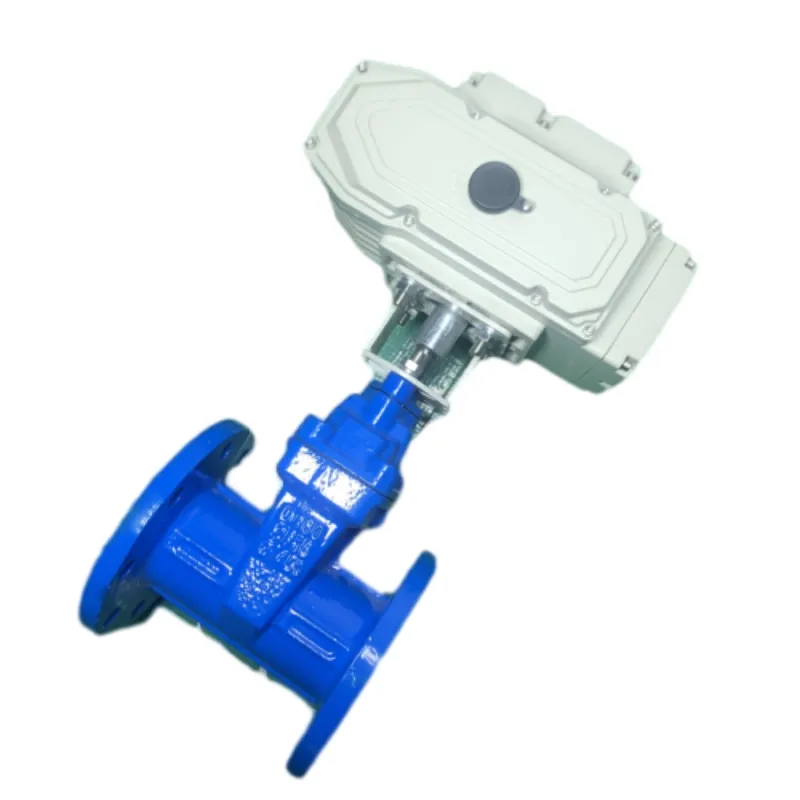តុលា . 10, 2024 10:06 Back to list
Exploring the Benefits and Applications of Linear Guide Rails in Modern Engineering
Understanding Linear Guide Rails A Comprehensive Overview
Linear guide rails are essential components in numerous mechanical systems, providing precise motion control and support in a wide range of applications. These rails, often made of high-grade steel or aluminum, facilitate linear motion by allowing a sliding element to move smoothly along their length. They are integral to various industries, including manufacturing, robotics, and automation, where accuracy and efficiency are paramount.
What are Linear Guide Rails?
Linear guide rails consist of two primary parts the rail itself and the carriage (also known as a slide or block). The rail is mounted onto a base or platform, while the carriage houses the bearing mechanisms that facilitate smooth linear movement along the rail. This arrangement minimizes friction and wear, allowing for smooth operation and enhancing the lifespan of the components involved.
Types of Linear Guide Rails
There are several types of linear guide rails, each designed to cater to specific applications and requirements
1. Round Rail Linear Guides These consist of cylindrical rails that support a corresponding carriage with spherical bearings. They are commonly used in applications requiring high-speed movement.
2. Square Rail Linear Guides Characterized by squarer cross-sections, these rails offer increased rigidity and load capacity, making them ideal for heavy-duty applications.
linear guide rail

3. Profile Rail Guides These feature a rectangular or square shape with a low profile design, providing high stability and precision. They are often utilized in CNC machinery and automated systems.
Applications of Linear Guide Rails
Linear guide rails are utilized across a variety of sectors. In automation, they contribute to the precise movement of robotic arms, enabling intricate tasks such as assembly and packaging. In the manufacturing industry, they support CNC machines that require exact positioning for cutting and milling operations. Additionally, linear guide rails find applications in medical devices, semiconductor fabrication equipment, and even in the automotive sector for assembling components.
Benefits of Using Linear Guide Rails
The adoption of linear guide rails in mechanical design comes with several advantages
- Precision Linear guide rails are engineered to provide high accuracy in movement, essential for tasks requiring meticulous alignment. - Load Capacity Depending on the design, they can handle substantial loads, making them suitable for heavy machinery. - Durability Constructed from robust materials, linear guide rails can withstand wear and tear, ensuring long service life. - Reduced Friction Advanced bearing designs lead to lower friction levels, which not only improves efficiency but also reduces energy consumption.
Conclusion
Linear guide rails are a critical component in modern engineering, enhancing the functionality and reliability of various systems. Their ability to provide smooth and precise linear motion makes them indispensable in applications ranging from automated assembly lines to high-tech medical equipment. As technology continues to advance, the design and materials of linear guide rails will evolve, further enhancing their capabilities and broadening their applications across industries. For engineers and designers, understanding the nuances and potential of linear guide rails is paramount to developing efficient and innovative solutions in an increasingly automated world.
-
Welding Methods Used in Metal Table FabricationNewsJul.03,2025
-
Sustainable Materials in Silence Check Valve ManufacturingNewsJul.03,2025
-
Installation Guide for Cast Iron Y StrainersNewsJul.03,2025
-
How to Carve a Block of GraniteNewsJul.03,2025
-
Creating Customized Measurement PlatformsNewsJul.03,2025
-
Benefits of Using Granite Surface Plates in MachiningNewsJul.03,2025
Related PRODUCTS









